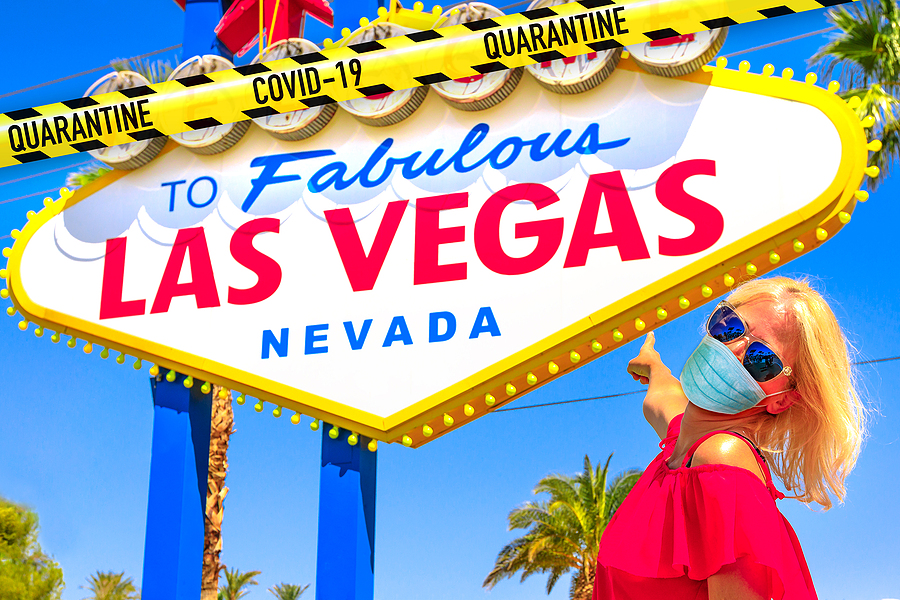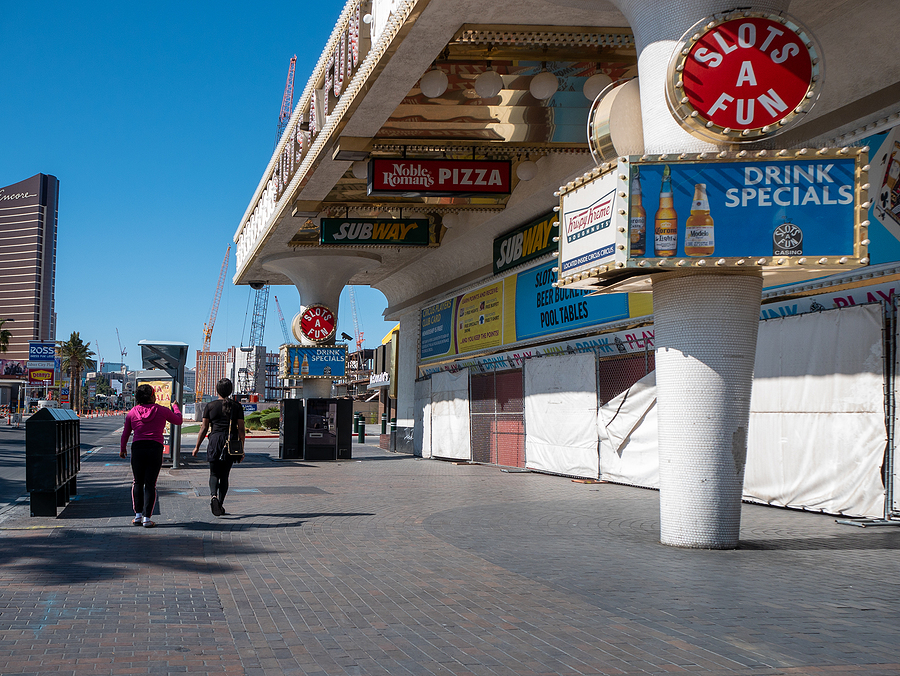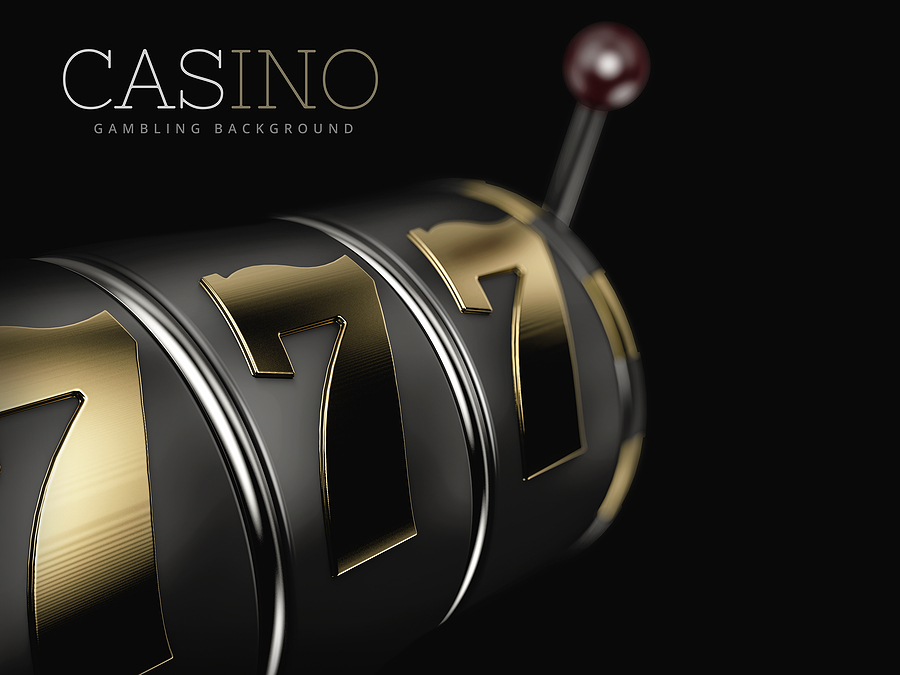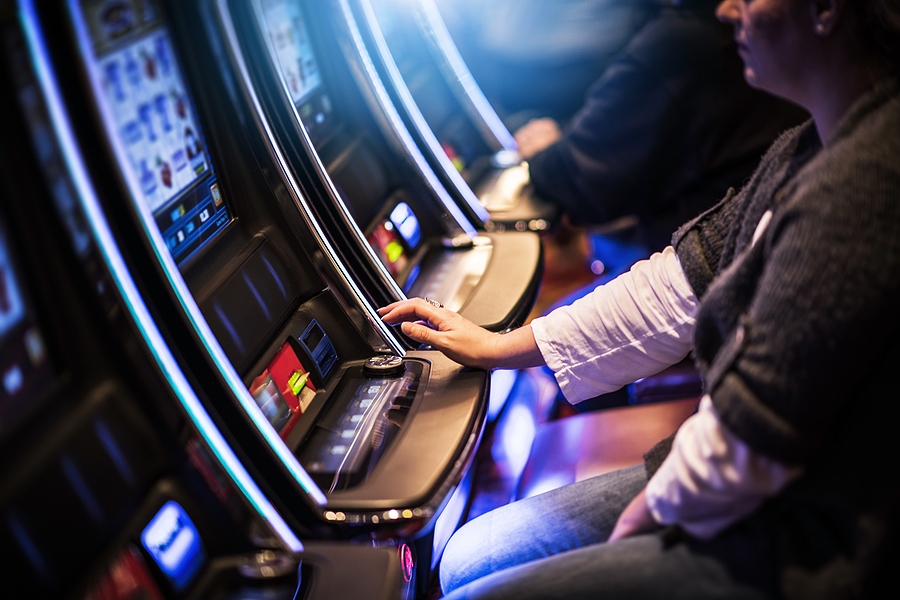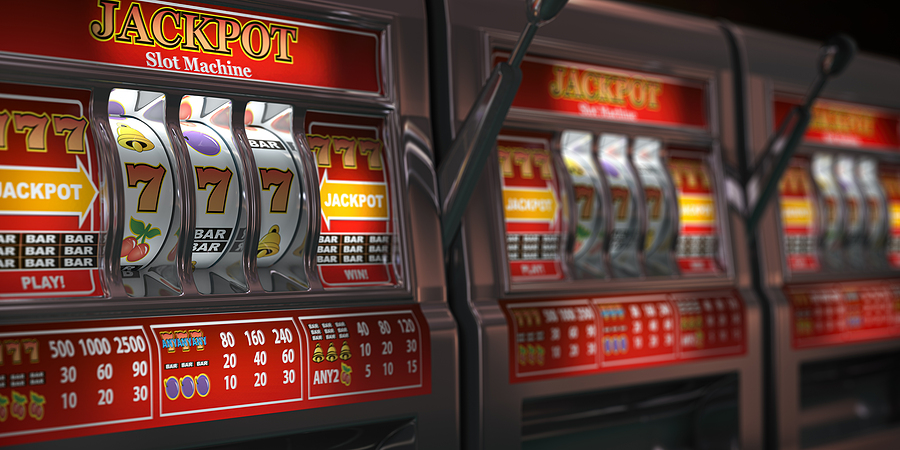How Singapore became the prime example of a healthy gambling system
When you think of Singapore, you probably imagine a vast metropolis with plenty of wealth. Not long ago, though, this island city-state was synonymous with something completely different: illegal gambling. After decades of trying to ban all forms of betting from the country, the Asian tiger took the leap to legalization in 2010. In the relatively short time since, Singapore has become one of the biggest attractions for casino gamblers. Not just tourists, but also Singaporeans who see their salvation in the country’s beautiful casinos.
The history of the developments that lead to this legalization and the system as it stands today is fascinating. For example, the total floor space of the casinos, the purpose of the resorts in which the gambling halls are located, and the possible social problems associated with gambling are closely monitored. We’ll take you on a journey through time to show you how legalizing gambling in a healthy way is possible.
A brief history of gambling in Singapore
Singapore has a long history of gambling. Gambling practices have been reported since the early colonial times, in the 16th century, when the Portuguese were at the helm. Later, in the 19th century when the English were in power, these practices were documented. It was already clear then that gambling was a profitable market for the government, and permits were handed out to farmers to build gambling halls. Just 20 years later, the practice was banned, as the controls were not effective enough to record illegal sites. This love-hate relationship with gambling persisted until 1960, when the Betting Act was enacted. With this, gambling was strictly forbidden and the government remained apprehensive to bring it back.
Casinos make their return to Singapore
By the 21st century, the small island state had become one of the richest and most modern societies in the world. The government began to consider the idea of using gambling as a means to further develop the foreign tourist industry. The first step was taken by opening the door to the gambling industry again. In 2002, “Singapore Pools” expanded to accept bets on football matches and horse racing in addition to a lottery, legalizing betting for the first time since the ‘60s. In 2008, Singapore Pools started taking bets on Formula 1.
With the Casino Control Act being passed in 2006, Singapore took the biggest step towards the return of legal casinos. Two casino licenses would be distributed and two huge resort casinos would open in 2010: the Marina Bay Sands and the Resorts World Sentosa. To prevent the negative consequences of gambling that plagued Singapore previously, a comprehensive system was implemented to prevent gambling addiction.
Healthy gambling measures in Singapore
Many measures were attached to the new law in order to set up a sustainable casino industry. Take, for example, how the rules affect Singapore’s own population.
The government has regulated the industry in such a way that it attracts tourists while discouraging locals from gambling at casinos. While foreigners can enter casinos free of charge by showing a passport, Singaporeans must pay a daily admission fee or purchase an annual membership. Large billboards and advertisements promoting the casino section were also banned, yet the casinos were extremely popular.
In addition to this, both resorts were required to use a maximum of 3 to 5 % of their total surface area for casino related matters. While you’re able to gamble, the resorts are not designed around gambling; they are set up designed so that you don’t have to enter the resort and stand directly at the casino. This is quite different from Las Vegas or Holland Casino, where you are immediately overwhelmed by the sounds and sight of casino games.
However, this did not reduce the gambling revenues. Both Marina Bay Sands and Resorts World Sentosa reported that no less than 70% of their revenues came from the casino. Other steps are just as impressive. Family members can ask the resorts to ban their loved ones from the casino. Anyone under 21 is not allowed to gamble and ATMs can only be found outside the casino floor.
Now, it seems that the laws aimed at locals do not work as intended. The Marina Bay Sands and Resorts World Sentosa are serious temptations for gamblers from all over Asia, but the local population also comes in large numbers. A report showed that Singaporeans on average lose the second highest amount of money to gambling per year, behind only Australia. At the same time, though, Singapore is one of the richest countries in the world and in percentage terms these gamblers lose less of their income than those from many other countries.
What’s the result?
Since this was such a large-scale project and so much was at stake, especially the image of Singapore, everything was thought out down to the last detail. We recommend that you take a look at the beautiful resorts that have been built. The architecture and landscapes make these places much more than just a casino, it’s a complete experience. In one of the resorts you will find a Madame Tussaud, Universal Studio, Aquariums and a water park next to the casino. Every effort has been made to prevent Singapore from becoming a copy of Macau, Las Vegas, or Atlantic City. They enhance the attraction of Singapore, as the pictures show.
- Within a few years, the Marina Bay Sands has become the best-earning casino in the world.
- Thanks to the two resorts, Singapore is the fourth most visited place in the world.
- 1.5 to 2% of Singapore’s GNP comes from the turnover of the resorts.
- The locations provide 20,000 direct jobs and 35,000 indirect jobs.
Achieving these figures in a relatively short period of time – the resorts have been in existence for less than 10 years – is an extremely impressive achievement. Whether these positive trends carry on in the future may also encourage change in other countries.
Perhaps the most logical reason why this system is so profitable in Singapore is because of the lack of attractions. There was previously little tourism in the country because there were no good reasons, other than doing business, to visit the city-state. With the arrival of the exclusive resorts, the number of tourists increased considerably. Singapore built an attraction that made it worthwhile to make a trip.
You can go to Singapore yourself to see with your own eyes how beautiful it is there. Flights are unfortunately at least 12 hours long, but you already have a return trip around €500. Worth it, even if we do say so ourselves.

